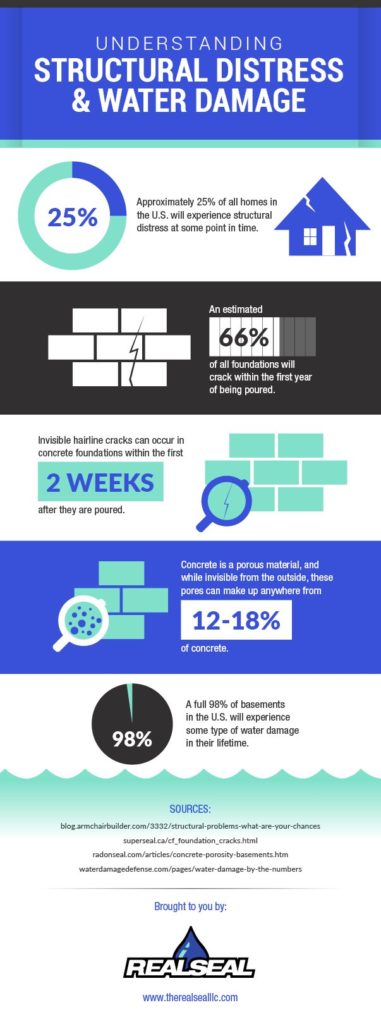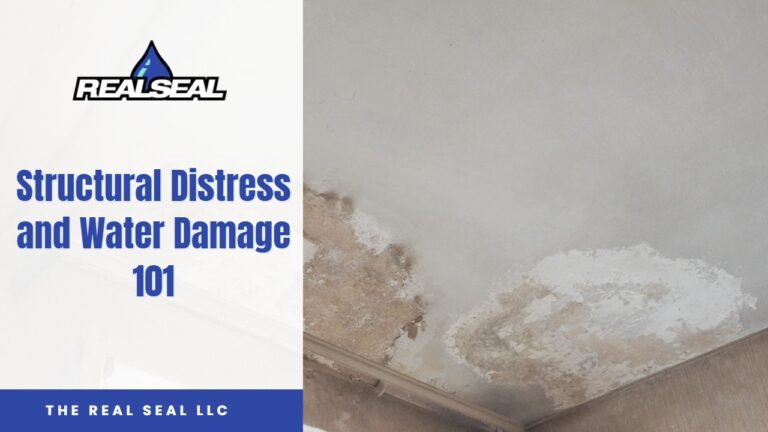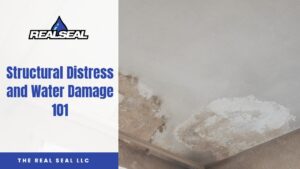Owning a home is, for many reasons, better than renting your living space. That doesn’t mean that home ownership is without drawbacks. The biggest one being, you need to maintain the house by yourself. No handyman is going to come to fix the little problems that occur over time. Sometimes the problems aren’t so little. The post Structural Distress and Water Damage 101 appeared first on .
Owning a home is, for many reasons, better than renting your living space. That doesn’t mean that home ownership is without drawbacks. The biggest one being, you need to maintain the house by yourself. No handyman is going to come to fix the little problems that occur over time. Sometimes the problems aren’t so little. Two things every homeowner needs to watch out for are foundation cracks and water leaks.
Here’s why:

Foundation cracks alone aren’t the end of the world, but when left untreated they can become downright dangerous. If you have foundation cracks and you aren’t worried about it, you should be. In fact, 25% of all U.S. homes will experience structural distress at some point. This means your home has become potentially unstable and could completely collapse. Yes, this is a worst-case scenario, but not an impossible one in extreme cases of foundation damage.
You might think this could never happen to your home since it is a recent build. Well, think again. In the first year following construction, 66% of homes will experience foundation cracks. Hairline cracks can even appear within as little as two weeks. Now, you might not need to worry about some of these cracks immediately, as it is natural for concrete to settle this way. Why?
Concrete, the material used to make home foundations, is very porous. This means that there are many holes that you might not perceive just by looking at it. Between 12% and 18% of concrete’s structure is made of air. Cracks can sometimes just be the foundation becoming accustomed to the pressure it’s under. While you should do your best to fix any cracks you find, they don’t necessarily mean your foundation is structurally unsound. So, why should you bother fixing them then?
Well, water damage is a big issue. Of all basements in U.S. homes, 98% will experience some amount of water damage in their lifetime. Water damage opens up a minefield of potential dangers. First, when water enters through cracks, the cracks expand. This allows more water to come in next time and the cycle continues until repairs are done or the structural distress makes the foundation weak enough to be dangerous. Second, mold forms in damp and humid places. Basements with water leaks are the perfect place for dangerous molds to grow. Third, water can damage all the things you store in your basement. Replacing them can get expensive very quick.
For all of these reasons, it pays to take good care of your foundation. As a homeowner, you have a responsibility to maintain your property. Make sure you know how to fix mild cracks so you never have to worry about the potentially major consequences.






